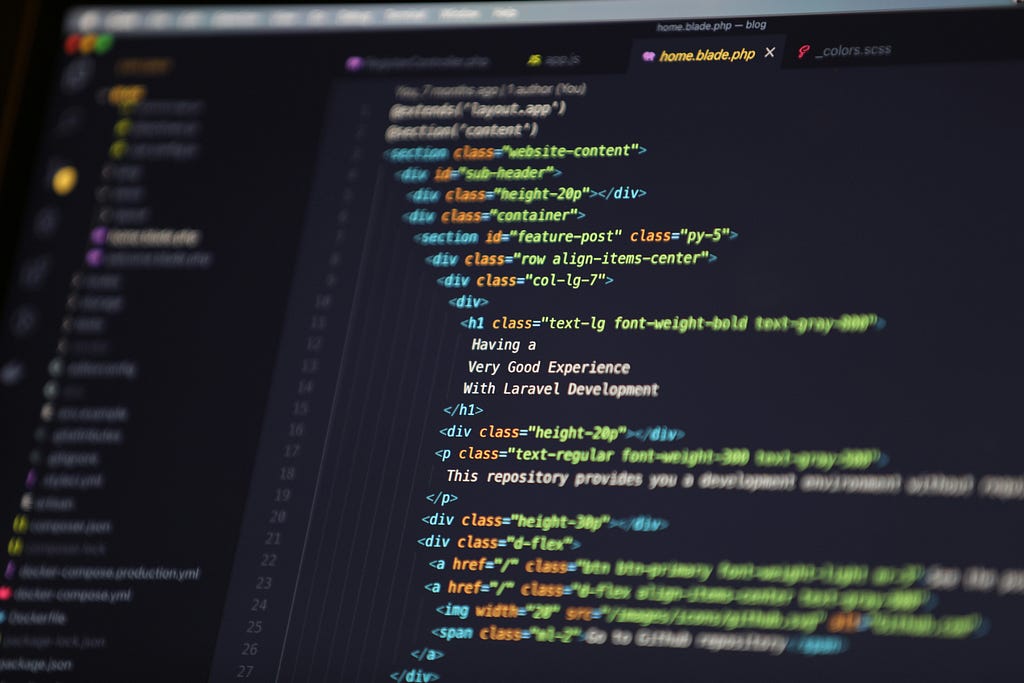
HunyuanWorld-Mirror is a groundbreaking 3D reconstruction model introduced by Tencent that redefines how AI understands the physical world from 2D inputs. This article provides a comprehensive, interactive walkthrough of the HunyuanWorld-Mirror technical paper (arXiv:2510.10726v1), covering its architecture, innovations, performance, and implementation, with precise guidance on where to insert key figures from the paper.
Core Concept: Universal 3D World Reconstruction
HunyuanWorld-Mirror is designed for universal 3D geometric prediction — a single model that can reconstruct 3D scenes from arbitrary combinations of 2D inputs and geometric priors. Unlike traditional pipelines that require multiple models or iterative optimization, HunyuanWorld-Mirror performs end-to-end, feed-forward 3D reconstruction in a single forward pass, often within seconds .
The key insight is that any geometric prior — such as camera poses, depth maps, intrinsics, or multi-view images — can be used to resolve ambiguity in 3D recovery. The model dynamically integrates these priors, enabling flexible and accurate reconstruction across diverse scenarios.
Architecture: Multi-Modal Prior Prompting
The core innovation is Multi-Modal Prior Prompting (MMP), a mechanism that allows the model to ingest and embed any subset of available geometric priors.
Input Modalities
The model supports:
- Image: Main visual input.
- Depth Map: Optional depth prior.
- Camera Pose: 6DoF extrinsic parameters.
- Intrinsics: Camera focal length and optical center.
- Multi-view Images: For improved geometric consistency.
Each modality is processed through lightweight, specialized encoders that convert it into structured tokens. These tokens are then fused into a unified 3D scene representation, enabling the decoder to generate accurate geometry even from sparse inputs.

Feed-Forward Design
The model uses a single-pass, feed-forward architecture, avoiding iterative refinement loops. This ensures real-time inference (on a single A100 GPU) and eliminates convergence issues common in optimization-based methods .
Universal Geometric Prediction
The second pillar is Universal Geometric Prediction, where a single decoder generates multiple 3D representations simultaneously, including:
- Dense point clouds
- Multi-view depth maps
- Surface normals
- Camera parameters (intrinsic and extrinsic)
- 3D Gaussian Splattings
- Novel view synthesis
This eliminates the need for separate models for depth estimation, normal prediction, or camera pose estimation — tasks that traditionally required independent training and inference .

Key Innovations
Any Input, Any Output
HunyuanWorld-Mirror supports end-to-end video-to-3D and multi-view-to-3D reconstruction, significantly expanding the use cases beyond single-image models.

This flexibility makes it suitable for robotics, AR/VR, autonomous navigation, and digital content creation.
Real-Time Inference
Despite its complexity, the model runs on a single GPU and completes inference in seconds. Benchmark results show:
- 4.3 seconds per scene on A100 (vs. 12.1s for DUSt3R).
- No post-processing or iterative refinement.
- Memory efficient due to lightweight prior encoders .
Performance Benchmarks
Quantitative Results
HunyuanWorld-Mirror outperforms existing models like DUSt3R and VGGT in geometric accuracy and consistency.

Lower RMSE = better depth accuracy; Higher AUC = better pose estimation
Ablation Study
The paper includes an ablation study showing the impact of each prior:
- Camera Pose: Reduces depth RMSE by 28%.
- Intrinsics: Improves pose accuracy by 22%.
- Depth Map: Reduces hallucinations in flat surfaces.

Implementation Details
Model Architecture
— Backbone: ViT-L/14 (24 layers, 1024 dim) pre-trained on image-text data.
— Prior Encoders: Lightweight CNNs for depth, pose, and intrinsics.
— Decoder: Transformer-based universal decoder with task-specific heads.
— Loss Functions:
- L1 for depth and normals.
- SmoothL1 for point clouds.
- Chamfer Distance for 3D reconstruction.
- Cross-entropy for pose classification .
Training Data
The model is trained on:
- 21M real-world 3D scans (SunRGB-D, ScanNet, Matterport3D).
- 4M synthetic scenes with diverse textures and lighting.
- All data is augmented with random pose, depth, and intrinsics for prior training.
Code Implementation
Installation
git clone https://github.com/Tencent-Hunyuan/HunyuanWorld-Mirror
cd HunyuanWorld-Mirror
pip install torch==2.3.0 torchvision==0.18.0
pip install -r requirements.txt
Basic Inference
import torch
from hyworld import HunyuanWorldMirror
# Load model
model = HunyuanWorldMirror.from_pretrained("tencent/HunyuanWorld-Mirror").cuda()
model.eval()
# Load input
image = load_image("input.jpg") # [1, 3, 720, 1280]inputs = {"image": image}
# Optional: add priors
# inputs["depth"] = load_depth("depth.png") # [1, 1, H, W]# inputs["pose"] = torch.tensor([...]) # [1, 6]# inputs["intrinsics"] = torch.tensor([...]) # [1, 3, 3]# Inference
with torch.no_grad():
outputs = model(inputs)
# Extract outputs
point_cloud = outputs["point_cloud"] # [N, 3]depth_map = outputs["depth"] # [H, W]normals = outputs["normals"] # [H, W, 3]camera_params = outputs["camera"] # dict
novel_views = outputs["novel_views"] # [K, 3, H, W]
Advanced: Multi-View Reconstruction
# For multi-view input
images = torch.stack([img1, img2, img3], dim=1) # [1, 3, 3, H, W]inputs = {"image": images, "multi_view": True}
with torch.no_grad():
outputs = model(inputs)
Deployment and Use Cases
- Game Development: Instant 3D environment generation from concept art.
- Robotics: Real-time depth and normal estimation for navigation.
- Digital Twins: Rapid 3D scanning of indoor environments from video.
- AR/VR: Camera tracking and surface reconstruction from mobile feeds.
Conclusion
HunyuanWorld-Mirror represents a paradigm shift in 3D vision, moving from task-specific pipelines to a universal, feed-forward architecture. By supporting any input and generating any output, it enables fast, accurate, and flexible 3D reconstruction across domains.
Its ability to run on a single GPU in seconds makes it not just a research breakthrough, but a practical tool for developers and creators. As the paper states, this is a step toward democratizing 3D content creation, making it as accessible as image generation was a decade ago .
The release of HunyuanWorld-Mirror sets a new standard for 3D world understanding, opening the door to AI agents that see, reason, and act in the physical world with human-like spatial awareness.
Hunyuan World Mirror: Universal 3D Reconstruction with Any-Prior Prompt was originally published in Data Science in Your Pocket on Medium, where people are continuing the conversation by highlighting and responding to this story.







